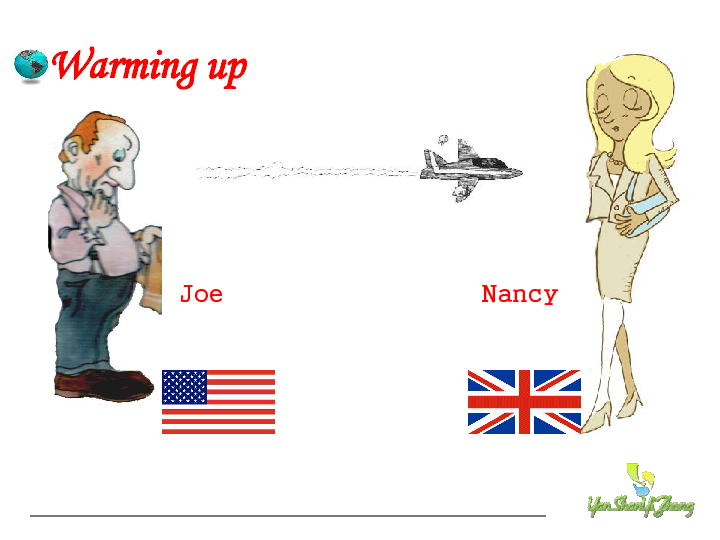Making a Tie: The Equipment and Process
The equipment and process for making a tie are essential for producing a high-quality product. The equipment used includes a loom, which is used to weave the fabric, and a range of other tools and machines specific to tie-making. The process involves selecting the right fabric, cutting it to shape, stitching it together, and then ironing and packaging the finished product. Each step is crucial in ensuring the quality and appearance of the tie, and it is important to follow the correct process to achieve the desired result.
Creating a tie is an art that requires patience, precision, and the right equipment. From the selection of materials to the final shaping of the tie, each step is crucial in producing a high-quality product. In this article, we will explore the equipment and process involved in making a tie.
The first step in making a tie is selecting the right materials. The most common material used for ties is silk, but other materials such as cotton, linen, and synthetic fibers are also used. The choice of material depends on the desired look, feel, and durability of the tie. For example, a silk tie will have a sleek and elegant appearance, while a cotton tie will be more breathable and comfortable.
Once the materials are selected, the next step is to cut them into the desired shape and size. This is done using a pattern cutter, which is a specialized tool used to cut precise shapes from fabric. The pattern cutter is equipped with a blade that can cut through various materials with ease. It also has adjustable settings that allow for precise cuts, ensuring that the tie will fit comfortably around the neck.
After the material is cut into shape, it is time to sew it together. This is done using a sewing machine, which is a must-have tool for any tailor. Sewing machines come in different models and sizes, each designed for specific types of seams and stitches. For ties, a basic sewing machine with a straight stitch function is usually sufficient. The thread used should match the color of the material for a seamless look.

Once the material is sewn together, it needs to be pressed into its final shape. This is done using an iron, which is used to flatten out any wrinkles or creases in the material. Irons come in different sizes and shapes, each designed for different types of materials. For example, a small iron is better for delicate materials like silk, while a larger iron is better for thicker materials like cotton.
Finally, the finished tie needs to be packaged for sale or distribution. This usually involves placing the tie into a plastic bag or box, along with any necessary instructions or labels. The packaging should be chosen based on the target audience and the desired presentation of the product.

In conclusion, making a tie requires a combination of patience, precision, and the right equipment. From selecting the right materials to packaging the finished product, each step is crucial in ensuring that the tie will be of high quality and will meet the expectations of the wearer. With the right equipment and process in place, anyone can create beautiful and functional ties that will last for years to come.
Articles related to the knowledge points of this article::
The Art of Tieing a Striped Tie
Title: Winning Edge: A Masterclass in mens tie making at Wei Xin Tie Factory
Title: The Story of a Tie Dreaming for Recognition
Title: Shèngzhōu Golden Stone Tie Factory: A Masterpiece of Handmade Luxury Ties
Title: The Inspirational Journey of Shanghai Tie Factory Director



